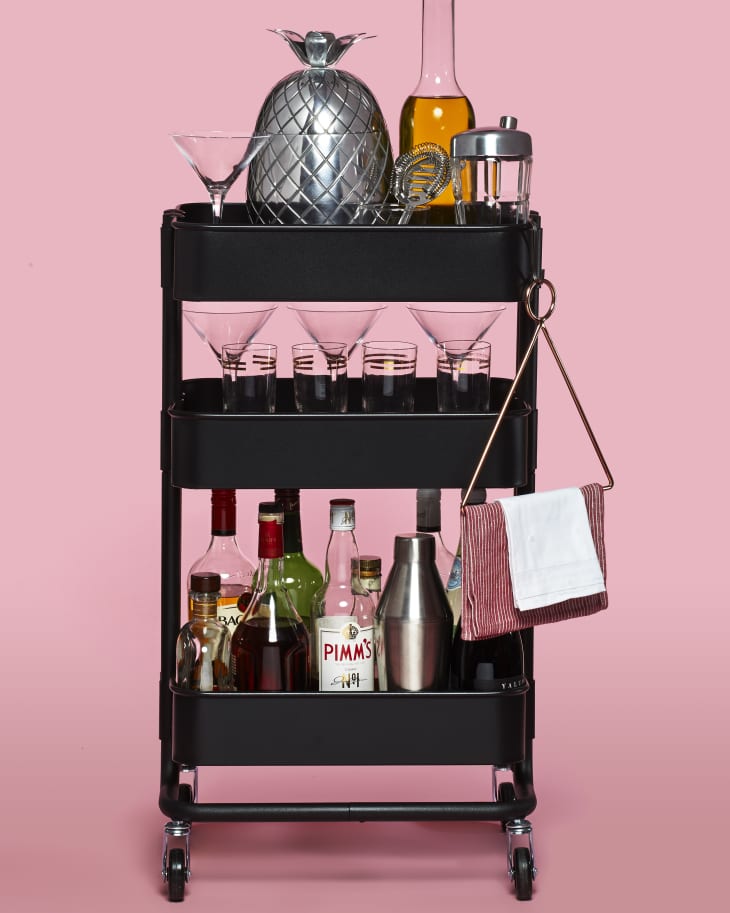5 Troublesome Cocktails & Spirits Terms
Do you know your whisky from your whiskey? A pony from a jigger? Here are 5 sets of cocktails and spirits terms we find to be the most frequently flummoxing. Tell us, what are yours?
1. Cocktail/Mixed Drink
Cocktails and mixed drinks are the same thing, right? Well, yes and no. These days, “cocktail” is generally used as a catchall term for all kinds of mixed alcoholic drinks, from Martinis, to Moscow Mules, to Margaritas, to Mudslides. But once upon a time, the word “cocktail” only referred to a very specific type of beverage: one made with “spirits, sugar, water, and bitters.” According to that older definition, a Gin and Tonic, for example, isn’t a cocktail – it’s a highball. Some people still draw this distinction today.
2. Straight Up/Neat
Both of these terms can be used to describe alcoholic drinks served without ice. But wait – not so fast – there’s an important difference between the two:
- “Straight up” is only used when talking about mixed drinks. If, after a cocktail is shaken or stirred, the ice is strained out as it’s poured into a glass, the drink’s said to be served “straight up” or sometimes just “up.” (e.g., “Would you like your Margarita on the rocks – or frozen?” “No, thanks, I’ll have it up.”)
- The term “neat,” on the other hand, applies to a style of serving unmixed spirits (e.g., “No ice, please. I prefer to sip my single malt scotch neat.”)
3. Martini/Vodka Martini
This is another example of a pair of terms whose meaning has shifted over the years as drinking habits have changed. In the early part of the 20th Century, all Martinis used gin as a base spirit. But then, in the later half of the century, as vodka began to trickle into U.S. markets (and James Bond began to drink his way onto movie theater screens), the “Vodka Martini” was born. Over the next few decades, Martinis made with vodka began to overtake Martinis made with gin, and the verbal distinction between “Martinis” and “Vodka Martinis” was all but lost. Nowadays, when ordering a Martini, it’s best to be specific about which base spirit you prefer.
4. Shot/Pony/Jigger
Most drink recipes these days are expressed in ounces, but once in a while we’ll come across less familiar units of measurement like jiggers and ponies and shots. So what’s what?
- A “shot” is often used informally to mean a small serving of alcohol. The drinking vessels known as “shot” glasses often range in size from 1 to 1 1/4 to 1 1/2 ounces.
- A “pony shot” (aka “pony”), on the other hand, is a little more precise. It equals 1 fluid ounce.
- And, finally, a “jigger” equals 1 1/2 fluid ounces. But the term “jigger” is also used to refer to the double-barreled measuring vessel itself, which, like a shot glass, can vary in size. A “large jigger” is 2 fluid ounces.
5. Whisky/Whiskey
Whisky/ey is an umbrella term for a type of spirit distilled from a mash of fermented grains. Within the broad category of whisky/ey are many sub-categories, including bourbon, rye, Tennessee, scotch, Irish, and Canadian style whiskies. This is where the spelling differences come into play: some countries (U.S. and Ireland) favor whiskey; others (Canada, Scotland, Japan) favor whisky. By and large, the safest approach to spelling any particular brand or category of whisk(e)y is to do so according to the conventions of its country of origin. For example: scotch whisky, Irish whiskey. (For more on the subtle ins and outs of this thorny topic, see our previous post here.)
Do you have any other troublesome terms to add to this list?
Nora Maynard is a longtime home mixologist and an occasional instructor at NYC’s Astor Center. Her culinary writing has appeared in Food Republic, Leite’s Culinaria, CHOW, and The Business of Food: Encyclopedia of the Food and Drink Industries. She previously covered food and drink in film at The Kitchn in her weekly column, The Celluloid Pantry.
